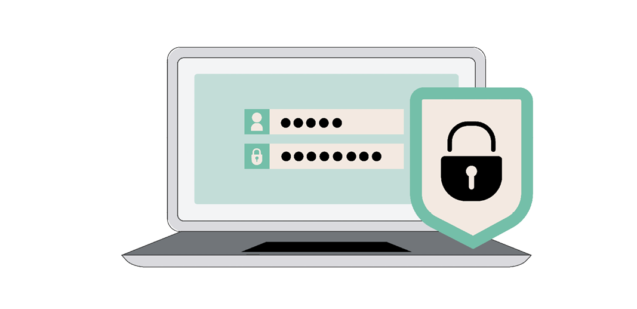Categories


Is the down payment for your next car sitting in your driveway? If you’re hoping to sell or trade-in your current vehicle to lower the final cost of your next car loan, you probably have a lot of questions.
Is it better to sell my car or trade it in? How much is my car really worth? Should I invest any time or money fixing my car up before I list it? Of course, the answers to all of these questions depends on your specific circumstances, including the make and model of your car, whether or not you still have an auto loan on your current vehicle, and how much time you’re willing to spend to get the best deal. Our general guidelines can help you decide whether you want to sell your car or trade it in and give you a few tips to maximize the price you get for your car. If you are interested in more specific advice, visit one of our car loan specialists at your local Spero Financial branch to discuss your financial goals and your options.
Arm Yourself with Information
Whether you choose to sell your car or trade it in, the first step is to determine how much your car is really worth. Dealerships usually offer low book value for trade-ins, and potential buyers like to haggle as well. It helps if you know exactly what your car is worth.
The best way to arm yourself in advance is to check your car’s value online. We recommend the National Automotive Dealer Association site or the Kelly Blue Book site. Both sites let you compare resale value and trade-in value, and both sites offer a low, mid-range, and high-value estimate.
If you’re still making payments on an auto loan, you should also call your lender and request a 10-day payoff amount before you list your car or head to the dealership to trade-in your car. This will help you know how much flexibility you have for negotiating since you’ll know how much you need to get in order to pay off your car loan.
Should I trade-in or should I sell?
If you choose to trade-in, be firm but reasonable.
Once you have all of the information you need, you’re ready to go to the dealer. Remember, dealers tend to offer you low book value for your car. Don’t expect to get the highest possible trade-in value for your car, but if you’re willing to negotiate and hold out for a better deal, you can usually get one. Be sure to settle on the value of your trade-in before you start talking about the price of the car you’re buying.
If you choose to sell, fix problems to bump up your car’s resale value.
Perform a quick inspection and decide what, if anything, you want to repair. Fixing your car up, even a little, will not only increase its value but also help you sell it more quickly. Problems you should focus on include general cleanliness and appearance, tires, dents and dings, windshield cracks, and lights. You can get all of these services performed fairly inexpensively, but they all make a big impact on a buyer’s perception of the car.
Professional detailing, for example, usually costs around $100, but a spotless car could up your asking price by much more than that. The same goes for tires. If your current tires are tread-bare, you can buy a set of quality, matching used tires for $30-$40 each, vastly improving your car’s look and value. Dents and dings don’t have to cost a lot to fix if they’re minor and you hire a dent wizard, lights cost very little, and in South Carolina, insurance companies cover the entire cost of replacing your chipped or cracked windshield if you have comprehensive insurance. Even if you don’t have comprehensive insurance, glass repair companies offer highly competitive pricing, and it’s often worth it to replace any cracked glass.
This material is for educational purposes only and is not intended to provide specific advice or recommendations for any individual.



